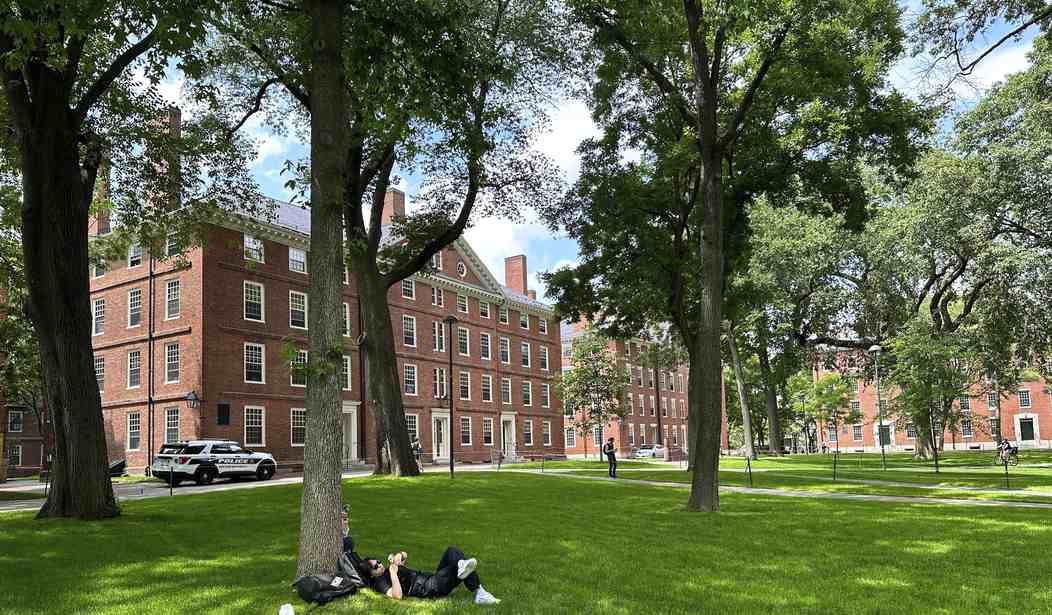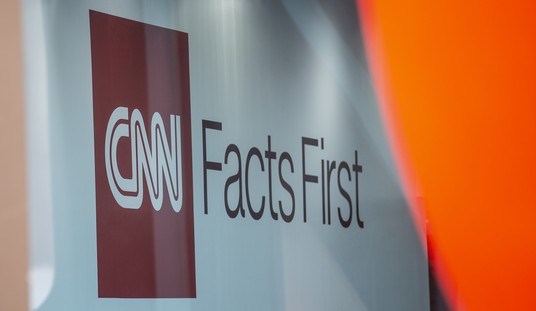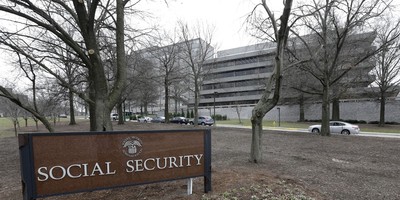Some time ago, my think tank commissioned Dr. Lori Taylor, at that time an economics professor at Southern Methodist University, to do a study of Dallas public schools.
The study measured the productivity of the schools by comparing the test scores of students in the current year with the scores of those same students in the previous year.
It not only measured the effectiveness of an entire school, it also measure the school’s effectiveness with subpopulations: boys, girls, Blacks, whites, Hispanics, slow learners, fast learners, etc.
As expected, the results for entire student bodies was all over the place. A few schools at the top had excellent results. Some at the bottom were so bad they should have been closed as a threat to child welfare. The rest were scattered in between.
What I did not expect was the huge variation in the results for the subpopulations within each of the schools. For example, one school ranked in the top 10% of all the schools with Hispanic students, but in the bottom half with Black students. At another school, we found the opposite pattern. Some schools did really well with fast learners but scored poorly with slow learners. At other schools, the reverse was true.
Although this was a Dallas study, I have no doubt that we would find similar patterners in cities across the country.
Once I recovered from astonishment at these results, I came to two conclusions.
First, I believe I could raise the test scores of Dallas public school students – very significantly – if I could just move students around. It involves moving students from schools that do worse to schools that do better with kids who have their characteristics.
Recommended
Second, I believe teachers are making a huge mistake in opposing school choice. Instead, they should be in the vanguard, fashioning a choice system that can make everyone – teachers and students – better off.
The current system implicitly assumes teachers can be all things to all students. Whoever is sitting in a teacher’s classroom is determined by the accident of who happens to live nearby. Yet teachers are clearly not equally good with all students. And no one knows this better than the teachers themselves.
In an ideal system, teachers should be able to specialize in what they are best at. Entire schools should be able to do the same. For example, English-second-language students have special needs. Schools should be able to specialize in meeting those needs
I am not arguing for racial segregation. That’s against the law. But parents of a Black student who is in a school that is doing poorly with Black kids should be able to move their child to a school that does much better. And the latter school should be able to encourage the move.
We have a model for how to do this successfully. The model is called the “magnet school.” Until recently these were the only public schools that actually competed for students, They were, in effect, created by federal judges for the express purpose of enticing white kids living in the suburbs to come back to the inner-city public school system.
In order to succeed in that type of competition, the magnet schools had to be at least as good as the suburban schools. Interestingly, one of the first magnet schools in the country was established in Dallas.
In general, magnet schools are free to select their own student body. They can specialize in different academic subjects including mathematics, natural sciences, and engineering; humanities; social sciences; fine arts or performing arts. They may also focus on technical/vocational/agricultural education. Many provide free transportation.
Traditionally, magnet schools were designed to appeal to high academic achievers. But there is no reason why we could not also have magnet schools for students with learning disabilities.
In the debate over school choice, people often overlook the fact that we have been living with a school choice system for years. It is a system that works through the housing market, and it is dysfunctional and unfair.
Within 50 miles of downtown Dallas there are several hundred elementary schools. Parents can enroll their child in any one of them so long as they are rich enough to buy a home in any neighborhood.
For parents in the bottom half of the income ladder, however, housing choices are limited. Odds are, their children will be attending one of the least desirable schools.
We can do better than that.

























Join the conversation as a VIP Member